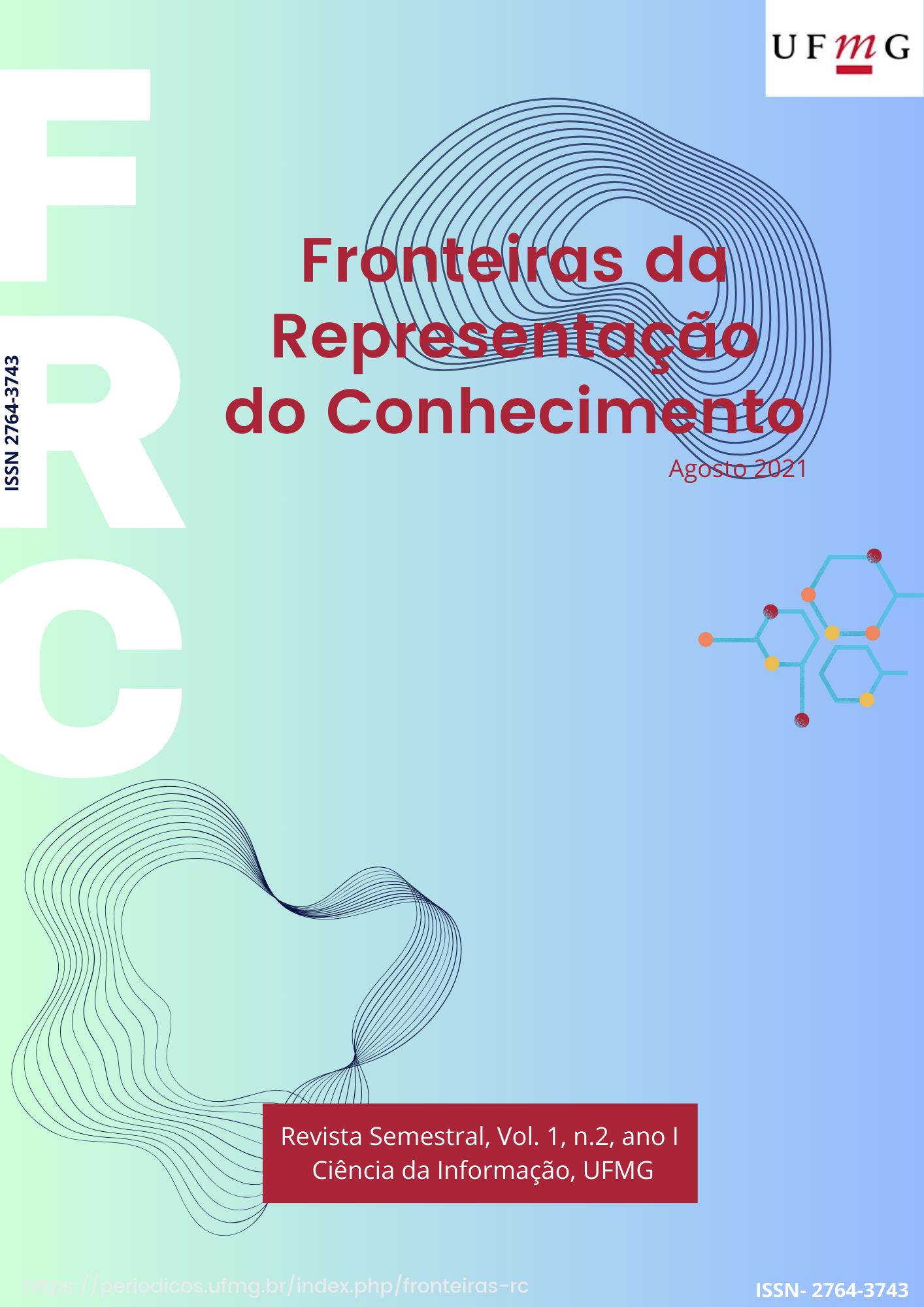Top-Level Ontologies why do we need it and how to use it
Main Article Content
Abstract
Ontologies are knowledge representation artifacts that, when formals, allow unambiguous representation and interpretable by both humans and computational machines. Depending on the representation scope and the details level against the domain of knowledge, ontologies are classified into domain ontologies, reference ontologies and top-level ontologies. The first two types of ontologies cover representations of some specific domain of knowledge, but with different levels of detail. Top-level ontologies are domain-neutral ontologies that describe general concepts common across all domains. However, why do we need top-level ontologies, what are the role of these ontologies and how to use them in the design of domain or reference ontologies is not always clear. Hence, this work describes the role of top-level ontologies as representational artifacts and their contribution to the reference and domain ontologies building. Additionally, it is presented how to use them in the process of building domain or reference ontologies.
Downloads
Article Details

This work is licensed under a Creative Commons Attribution 4.0 International License.
From: https://creativecommons.org/licenses/by/4.0/
You are free to:
- Share — copy and redistribute the material in any medium or format
- Adapt — remix, transform, and build upon the material
- for any purpose, even commercially.
- The licensor cannot revoke these freedoms as long as you follow the license terms.
Under the following terms:
-
Attribution — You must give appropriate credit, provide a link to the license, and indicate if changes were made. You may do so in any reasonable manner, but not in any way that suggests the licensor endorses you or your use.
- No additional restrictions — You may not apply legal terms or technological measures that legally restrict others from doing anything the license permits.
Notices:
- You do not have to comply with the license for elements of the material in the public domain or where your use is permitted by an applicable exception or limitation.
- No warranties are given. The license may not give you all of the permissions necessary for your intended use. For example, other rights such as publicity, privacy, or moral rights may limit how you use the material.


